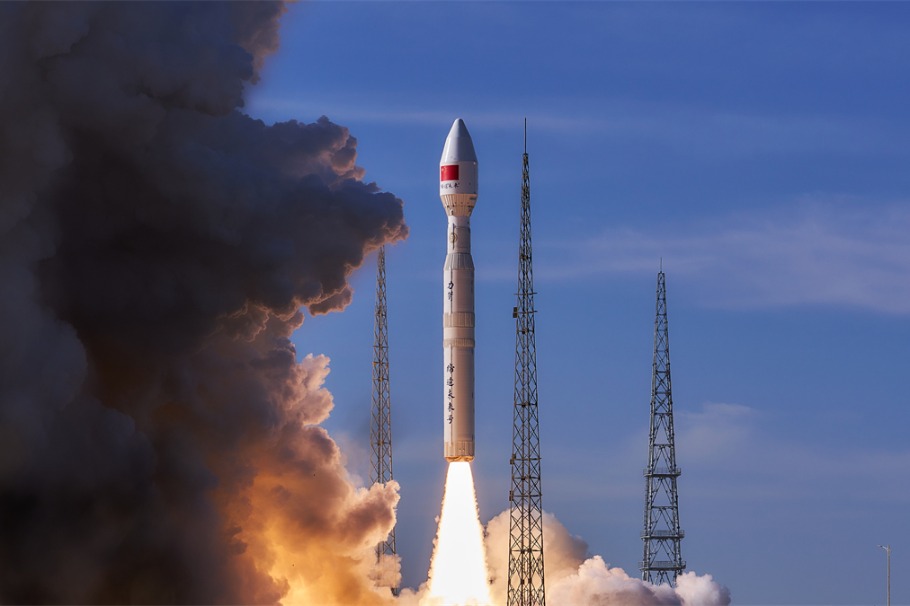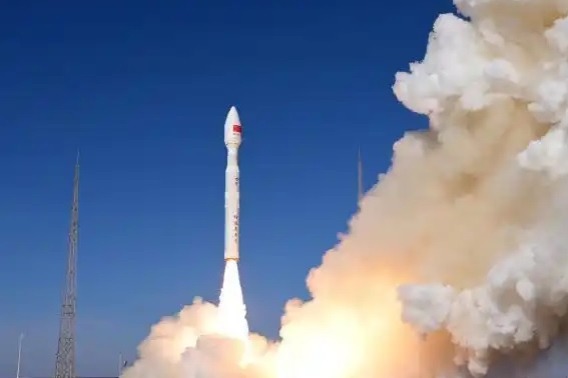Green economy powers Lishui in East China

The city of Lishui in East China’s Zhejiang province reported its achievements over the past seven decades since the founding of the People’s Republic of China at a news conference in Hangzhou on Sept 4.
Lishui covers an area of 17,300 square kilometers with a population of 2.7 million.
Statistics showed that from 1949 to 2018, the city’s GDP grew from 79 million yuan ($11.03 million) to 139.46 billion yuan, a 1,765-fold increase.
Per-capita income of urban and rural residents rose by 140 and 152 times, respectively, from 302 yuan and 131 yuan in 1978, to 42,557 yuan and 19,922 yuan last year.
“Today’s Lishui has taken on a new look,” said Hu Haifeng, Party chief of Lishui.
Lishui – which literally means “beautiful water” in Chinese – is known for its natural landscape, which has won it the name “Foliage Ocean of Zhejiang”.
Respecting the importance of mountains and waters, the city, one of the first national demonstration zones for ecological protection, has always prioritized the environment when considering development.
Hu cited statistics from the Chinese Academy of Sciences, which showed that gross ecosystem product in the city grew to 467.3 billion yuan in 2017 from 209.6 billion yuan in 2006, up 86.7 percent.
“In the new era, Lishui is ushering in an important juncture where there are more strategic opportunities,” said the Party chief.
He stressed the importance of using the city’s ecological advantages and called for green and sustainable economic growth.
Home to three examples of unique intangible cultural heritage recognized by UNESCO and another 18 that have received China’s national recognition, Lishui has embraced cultural development over the past 70 years.
The Longquan celadon, Longquan sword and Qingtian stone carving have gained increasing recognition worldwide thanks to a series of promotional activities in recent years, said Hu.
The Party head also said that there were 257 national traditional villages around the city, earning Lishui the name of “the last fairyland in Jiangnan” (a region south of the Yangtze River).
Over the last 40 years, the number of market players in Lishui reached over 228,700 in 2018, a 1,377-fold increase from the year of 1978.
Hu said that the city is using the power of innovation to further reform and open-up and better serve the national strategies of the Belt and Road Initiative and the integrated development of the Yangtze River Delta region.
- Three dead in Shanxi internet cafe fire
- Renji Hospital celebrates two decades of international medical excellence
- Thousands of tundra swans grace Hunan's Donggu Lake for the winter
- Xinjiang heats up, halts traffic amid strong cold snap
- Photo of Qinglong Mountain egg fossil featured in top chemistry publication for groundbreaking dating research
- Three killed in North China building fire




































